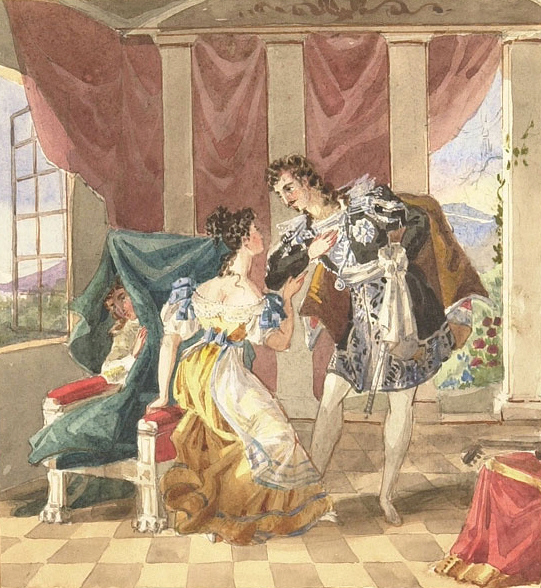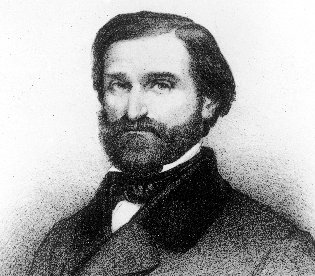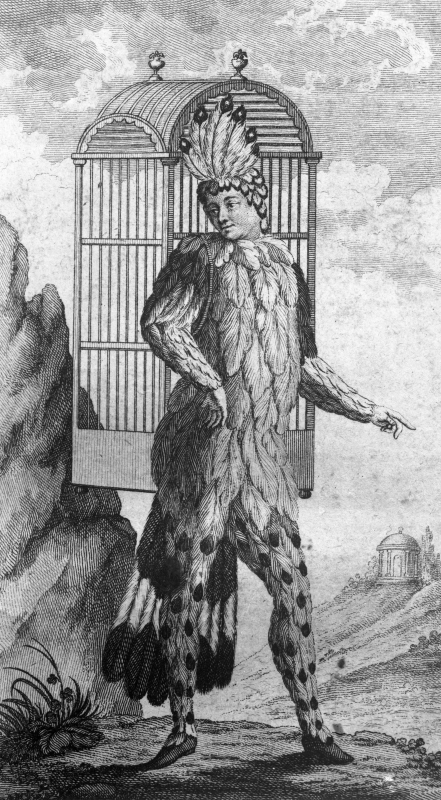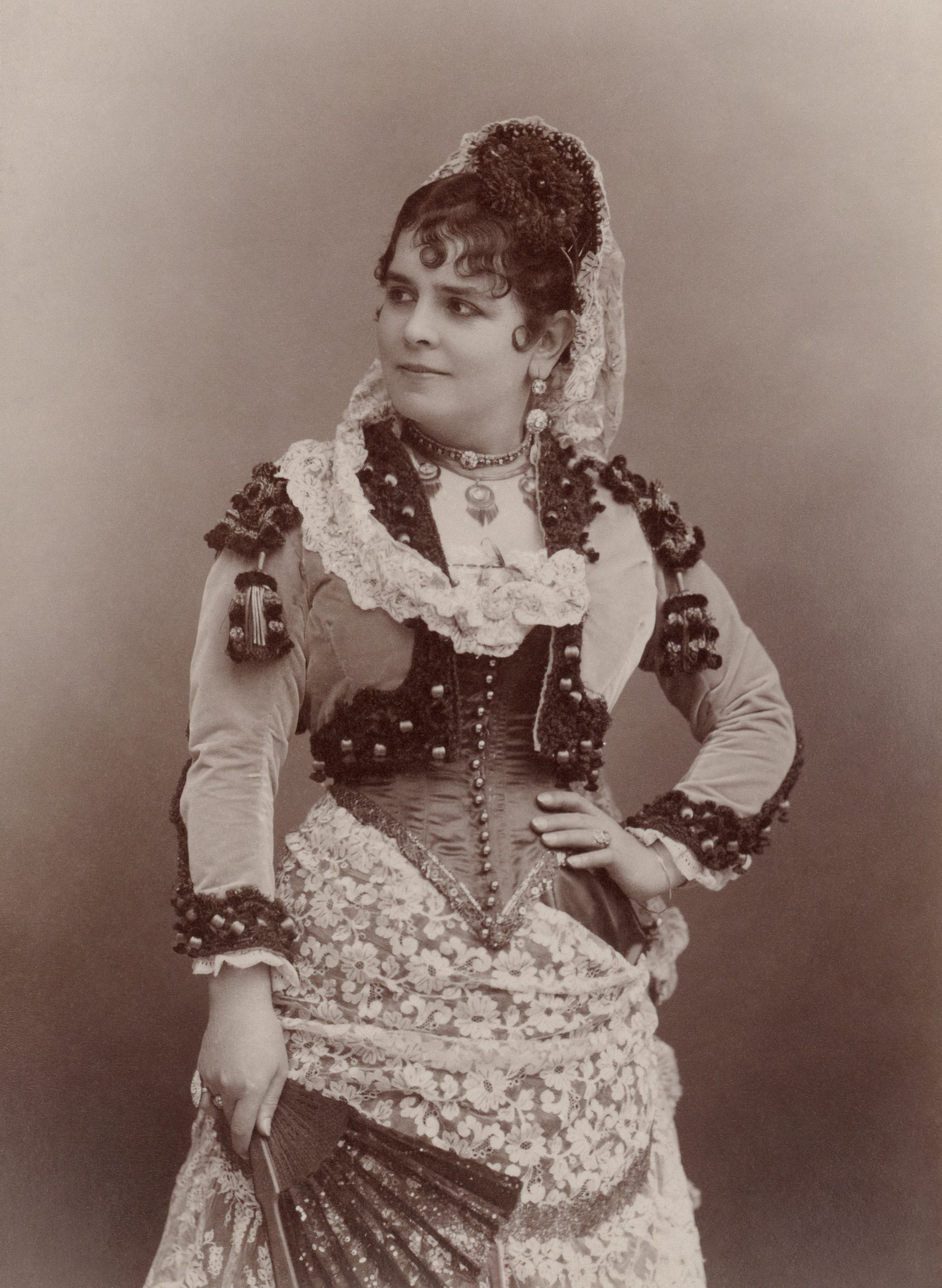|
Georg Ots
Georg Ots (21 March 1920 – 5 September 1975) was an Estonian singer, actor and People's Artist of the USSR (1960). Biography Before studying singing with the Estonian baritone Aleksander Rahnel in Yaroslavl in the rear of the Eastern Front, where a cultural center for evacuated Estonians had been established, Ots was a young Navy Officer who had escaped a sinking ship and was taken prisoner in Russia. He was released a year later, and on his return home, he auditioned for a place at the conservatory in Tallinn. At the same time, he became a member of the chorus at the Estonia Theatre in Tallinn. His solo opera debut was a small part in ''Eugene Onegin'' (1944). He soon became one of the most revered singers in Estonia and Finland and was also admired and beloved across Russia. Ots often performed in many major opera houses of the former Soviet Union, being especially cherished at the Bolshoi Theatre in Moscow. His repertoire included the roles of Eugene Onegin, Yeletzky ... [...More Info...] [...Related Items...] OR: [Wikipedia] [Google] [Baidu] |
Saint Petersburg
Saint Petersburg ( rus, links=no, Санкт-Петербург, a=Ru-Sankt Peterburg Leningrad Petrograd Piter.ogg, r=Sankt-Peterburg, p=ˈsankt pʲɪtʲɪrˈburk), formerly known as Petrograd (1914–1924) and later Leningrad (1924–1991), is the List of cities and towns in Russia by population, second-largest city in Russia. It is situated on the Neva River, at the head of the Gulf of Finland on the Baltic Sea, with a population of roughly 5.4 million residents. Saint Petersburg is the List of European cities by population within city limits, fourth-most populous city in Europe after Istanbul, Moscow and London, the List of cities and towns around the Baltic Sea, most populous city on the Baltic Sea, and the world's List of northernmost items#Cities and settlements, northernmost city of more than 1 million residents. As Russia's Imperial capital, and a Ports of the Baltic Sea, historically strategic port, it is governed as a Federal cities of Russia, federal city. ... [...More Info...] [...Related Items...] OR: [Wikipedia] [Google] [Baidu] |
Estonia Theatre
Estonia Theatre is an historic building in Tallinn, Estonia, which houses the Estonian National Opera and the Estonian National Symphony Orchestra. The original Jugendstil building was designed by Finnish architects Armas Lindgren and Wivi Lönn. It was built as a national effort with the leadership of Estonia society in 1913 and was opened to the public on 24 August. At the time, it was the largest building in Tallinn. The theatre was heavily damaged in the Soviet air raid on Tallinn on 9 March 1944. It was reconstructed in a classical and Stalinist style, and reopened in 1947.In 1946, it served as the home of the newly created Tallinn Ballet School and was the location of the debut of one of the graduates of the school's first class, Helmi Puur. She was the prima ballerina of the theater between 1954 and 1956, 1958 and 1960, and 1964 to 1966. The building has two large auditoriums in two separate wings. A chamber hall was opened in 2006. Also the Concert Hall is located ... [...More Info...] [...Related Items...] OR: [Wikipedia] [Google] [Baidu] |
Colas Breugnon (opera)
''Colas Breugnon'' (russian: Кола Брюньон, Kola Bryun'on) is a Russian-language opera in three acts by Dmitry Kabalevsky, also known as ''The Master-Craftsman of Clamecy'' (Мастера из Кламси ; ''Mastera iz Clamsy'') op. 24 in Russia. The libretto by V. Bragin is based on Romain Rolland's novel about a fictional Burgundian optimist named Colas Breugnon set in 16th-century Clamecy, Nièvre. The opera premiered under the direction of Samosud in Leningrad Saint Petersburg ( rus, links=no, Санкт-Петербург, a=Ru-Sankt Peterburg Leningrad Petrograd Piter.ogg, r=Sankt-Peterburg, p=ˈsankt pʲɪtʲɪrˈburk), formerly known as Petrograd (1914–1924) and later Leningrad (1924–1991), i ... in 1938. The opera is best known for its "rollicking" overture.School of Music, Theatre & Dance Programs 1951 "Though the opera Colas Breugnon has not as yet been produced in America, the vivacious, rollicking overture has gained wide popularity with concert aud ... [...More Info...] [...Related Items...] OR: [Wikipedia] [Google] [Baidu] |
Kabalevsky
Dmitry Borisovich Kabalevsky (russian: Дми́трий Бори́сович Кабале́вский ; 14 February 1987) was a Soviet composer, conductor, pianist and pedagogue of Russian gentry descent. He helped set up the Union of Soviet Composers in Moscow and remained one of its leading figures during his lifetime. He was a prolific composer of piano music and chamber music; many of his piano works were performed by Vladimir Horowitz. He is best known in Western Europe for his Second Symphony, the "Comedians' Galop" from '' The Comedians'' Suite, Op. 26 and his Third Piano Concerto. Life Kabalevsky was born in Saint Petersburg in 1904, but moved to Moscow at a young age. His father was a mathematician and encouraged him to study mathematics, but he showed a fascination for the arts from a young age. He studied at the Academic Music College in Moscow and graduated in 1922. He then continued his studies with Vasily Selivanov. In 1925, he then went on to study at the Mo ... [...More Info...] [...Related Items...] OR: [Wikipedia] [Google] [Baidu] |
The Marriage Of Figaro
''The Marriage of Figaro'' ( it, Le nozze di Figaro, links=no, ), K. 492, is a ''commedia per musica'' ( opera buffa) in four acts composed in 1786 by Wolfgang Amadeus Mozart, with an Italian libretto written by Lorenzo Da Ponte. It premiered at the Burgtheater in Vienna on 1 May 1786. The opera's libretto is based on the 1784 stage comedy by Pierre Beaumarchais, ''La folle journée, ou le Mariage de Figaro'' ("The Mad Day, or The Marriage of Figaro"). It tells how the servants Figaro and Susanna succeed in getting married, foiling the efforts of their philandering employer Count Almaviva to seduce Susanna and teaching him a lesson in fidelity. Considered one of the greatest operas ever written, it is a cornerstone of the repertoire and appears consistently among the top ten in the Operabase list of most frequently performed operas. In 2017, BBC News Magazine asked 172 opera singers to vote for the best operas ever written. ''The Marriage of Figaro'' came in first out ... [...More Info...] [...Related Items...] OR: [Wikipedia] [Google] [Baidu] |
Porgy And Bess
''Porgy and Bess'' () is an English-language opera by American composer George Gershwin, with a libretto written by author DuBose Heyward and lyricist Ira Gershwin. It was adapted from Dorothy Heyward and DuBose Heyward's play ''Porgy'', itself an adaptation of DuBose Heyward's 1925 novel of the same name. ''Porgy and Bess'' was first performed in Boston on September 30, 1935, before it moved to Broadway in New York City. It featured a cast of classically trained African-American singers—a daring artistic choice at the time. A 1976 Houston Grand Opera production gained it a renewed popularity after languishing in the doldrums of the 1960s and early 1970s, and it is now one of the best known and most frequently performed operas. The libretto of ''Porgy and Bess'' tells the story of Porgy, a disabled black street beggar living in the slums of Charleston. It deals with his attempts to rescue Bess from the clutches of Crown, her violent and possessive lover, and Sportin' Li ... [...More Info...] [...Related Items...] OR: [Wikipedia] [Google] [Baidu] |
Iago
Iago () is a fictional character in Shakespeare's ''Othello'' (c. 1601–1604). Iago is the play's main antagonist, and Othello's standard-bearer. He is the husband of Emilia, who is in turn the attendant of Othello's wife Desdemona. Iago hates Othello and devises a plan to destroy him by making him believe that Desdemona is having an affair with his lieutenant, Michael Cassio. The role is thought to have been first played by Robert Armin, who typically played intelligent clown roles like Touchstone in ''As You Like It'' and Feste in ''Twelfth Night''. The character's source is traced to Giovanni Battista Giraldi Cinthio's tale "Un Capitano Moro" in ''Gli Hecatommithi'' (1565). There, the character is simply "the ensign". Origin While no English translation of Cinthio was available in Shakespeare's lifetime, it is possible Shakespeare knew the Italian original, Gabriel Chappuy's 1584 French translation, or an English translation in manuscript. Cinthio's tale may have bee ... [...More Info...] [...Related Items...] OR: [Wikipedia] [Google] [Baidu] |
Rigoletto (opera)
''Rigoletto'' is an opera in three acts by Giuseppe Verdi. The Italian libretto was written by Francesco Maria Piave based on the 1832 play ''Le roi s'amuse'' by Victor Hugo. Despite serious initial problems with the Austrian censors who had control over northern Italian theatres at the time, the opera had a triumphant premiere at La Fenice in Venice on 11 March 1851. The work, Verdi's sixteenth in the genre, is widely considered to be the first of the operatic masterpieces of Verdi's middle-to-late career. Its tragic story revolves around the licentious Duchy of Mantua, Duke of Mantua, his hunch-backed court jester Rigoletto, and Rigoletto's daughter Gilda. The opera's original title, ''La maledizione'' (The Curse), refers to a curse placed on both the Duke and Rigoletto by a courtier whose daughter the Duke has seduced with Rigoletto's encouragement. The curse comes to fruition when Gilda falls in love with the Duke and sacrifices her life to save him from the assassin hired by ... [...More Info...] [...Related Items...] OR: [Wikipedia] [Google] [Baidu] |
Papageno
''The Magic Flute'' (German: , ), K. 620, is an opera in two acts by Wolfgang Amadeus Mozart to a German libretto by Emanuel Schikaneder. The work is in the form of a '' Singspiel'', a popular form during the time it was written that included both singing and spoken dialogue. The work premiered on 30 September 1791 at Schikaneder's theatre, the Freihaus-Theater auf der Wieden in Vienna, just two months before the composer's premature death. Still a staple of the opera repertory, its popularity was reflected by two immediate sequels, Peter Winter's '' Das Labyrinth oder Der Kampf mit den Elementen. Der Zauberflöte zweyter Theil'' (1798) and a fragmentary libretto by Johann Wolfgang von Goethe titled ''The Magic Flute Part Two''. The allegorical plot was influenced by Schikaneder and Mozart's interest in Freemasonry and concerns the initiation of Prince Tamino. Enlisted by the Queen of the Night to rescue her daughter Pamina from the high priest Sarastro, Tamino comes to ... [...More Info...] [...Related Items...] OR: [Wikipedia] [Google] [Baidu] |
Don Giovanni
''Don Giovanni'' (; K. 527; Vienna (1788) title: , literally ''The Rake Punished, or Don Giovanni'') is an opera in two acts with music by Wolfgang Amadeus Mozart to an Italian libretto by Lorenzo Da Ponte. Its subject is a centuries-old Spanish legend about a libertine as told by playwright Tirso de Molina in his 1630 play '' El burlador de Sevilla y convidado de piedra''. It is a '' dramma giocoso'' blending comedy, melodrama and supernatural elements (although the composer entered it into his catalogue simply as '' opera buffa''). It was premiered by the Prague Italian opera at the National Theater (of Bohemia), now called the Estates Theatre, on 29 October 1787. ''Don Giovanni'' is regarded as one of the greatest operas of all time and has proved a fruitful subject for commentary in its own right; critic Fiona Maddocks has described it as one of Mozart's "trio of masterpieces with librettos by Da Ponte". Composition and premiere The opera was commissioned after the succ ... [...More Info...] [...Related Items...] OR: [Wikipedia] [Google] [Baidu] |
Un Ballo In Maschera
''Un ballo in maschera'' ''(A Masked Ball)'' is an 1859 opera in three acts by Giuseppe Verdi. The text, by Antonio Somma, was based on Eugène Scribe's libretto for Daniel Auber's 1833 five act opera, '' Gustave III, ou Le bal masqué''. The plot concerns the assassination in 1792 of King Gustav III of Sweden who was shot, as the result of a political conspiracy, while attending a masked ball, dying of his wounds thirteen days later. It was to take over two years between the commission from Naples, planned for a production there, and its premiere performance at the Teatro Apollo in Rome on 17 February 1859. In becoming the ''Un ballo in maschera'' which we know today, Verdi's opera (and his libretto) underwent a significant series of transformations and title changes, caused by a combination of censorship regulations in both Naples and Rome, as well as by the political situation in France in January 1858. Based on the Scribe libretto and begun as ''Gustavo III'' set in Sto ... [...More Info...] [...Related Items...] OR: [Wikipedia] [Google] [Baidu] |
Escamillo
''Carmen'' () is an opera in four acts by the French composer Georges Bizet. The libretto was written by Henri Meilhac and Ludovic Halévy, based on the Carmen (novella), novella of the same title by Prosper Mérimée. The opera was first performed by the Opéra-Comique in Paris on 3 March 1875, where its breaking of conventions shocked and scandalised its first audiences. Bizet died suddenly after the 33rd performance, unaware that the work would achieve international acclaim within the following ten years. ''Carmen'' has since become one of the most popular and frequently performed operas in the classical Western canon, canon; the "Habanera (aria), Habanera" from act 1 and the "Toreador Song" from act 2 are among the best known of all operatic arias. The opera is written in the genre of ''opéra comique'' with musical numbers separated by dialogue. It is set in southern Spain and tells the story of the downfall of Don José, a naïve soldier who is seduced by the wiles of th ... [...More Info...] [...Related Items...] OR: [Wikipedia] [Google] [Baidu] |





.jpg)




